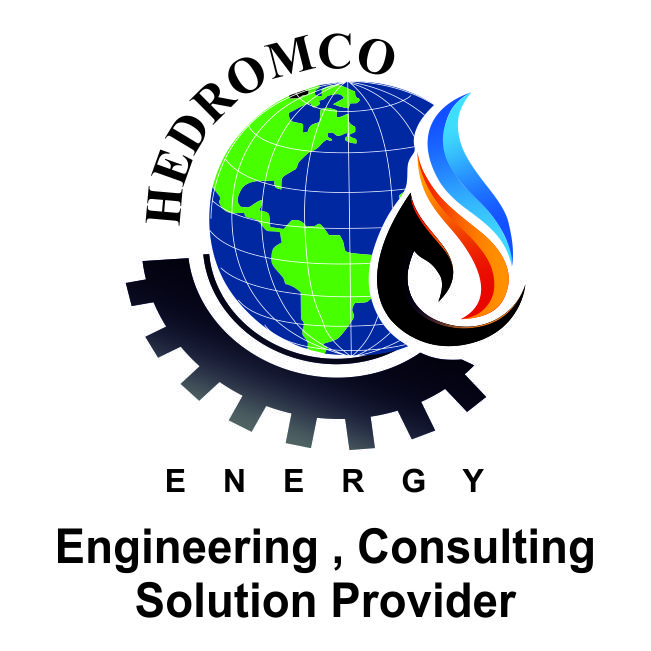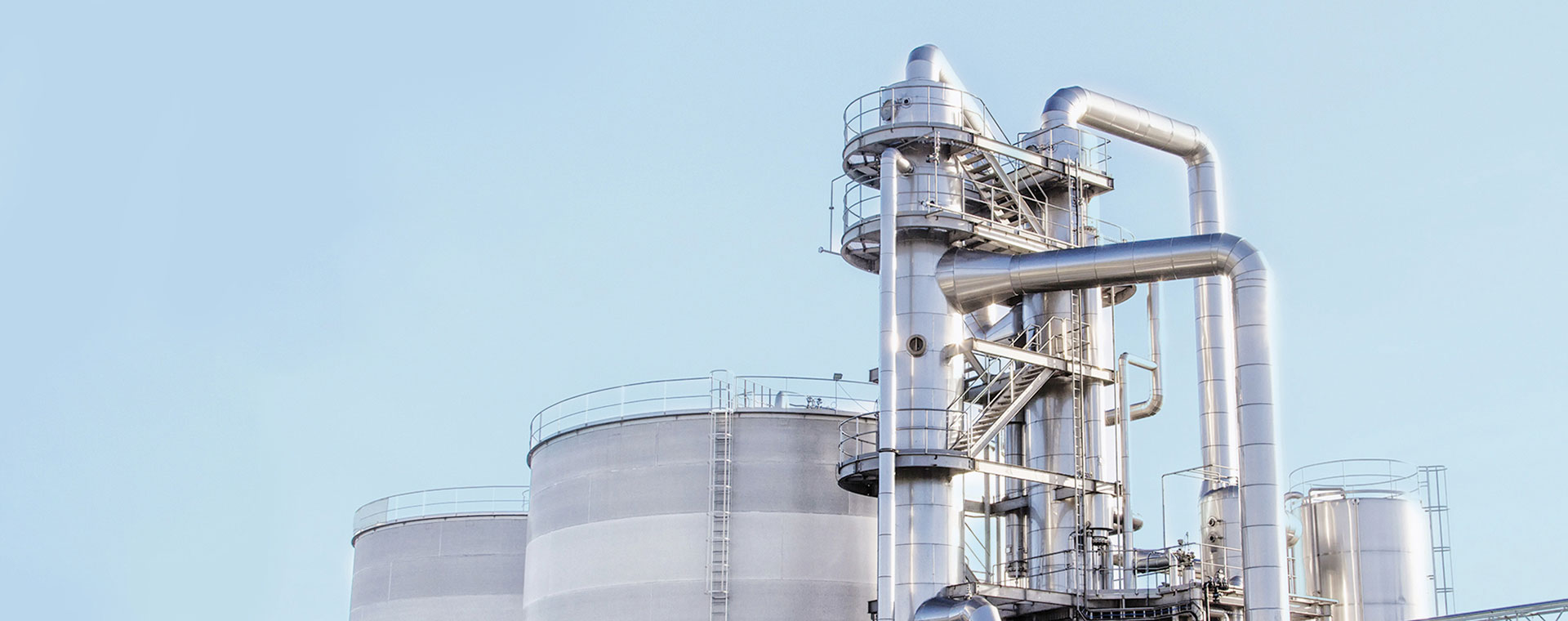Oil-fluid has hidden layered structures and remains mixed with impurities. The Intergovernmental Panel on Climate Change (IPCC) is now stressing that a lower 1.5°C threshold is necessary to limit the rise in global temperature and ensure a more sustainable and equitable society. This puts climate action squarely in the purview of petroleum companies that produce, refine, and sell oil, gas, and their byproducts. Based on international assessments, few petroleum companies have made durable climate commitments and none have backed them up with credible 2°C plans (the target set by the Paris Climate Accord), let alone 1.5°C plans.
New industry associations, such as the Oil and Gas Climate Initiative (OGCI), are exploring industry-wide voluntary climate actions, but these are not a replacement for specific, well-funded, company-level commitments and action. As more stakeholders call for climate-risk disclosure, technological innovation and also international regulations demand more clean up marine fuels, petroleum companies will need to openly update their inventories of GHG emissions, revise their mitigation actions, and share their climate plans. Also with increased scrutiny of greenhouse gas (GHG) emissions from the consumption of fossil fuels, there is a growing realization that the consumption of natural gas, including its use as a fuel for electricity generation, is set to rise. Growing global need for liquefied natural gas (LNG) to supplement regional natural gas supplies will lead to increased levels of activities to liquefy, ship, store and regasify of LNG. LNG as a clean energy alternative, will play an increasingly important role in helping nations improve their air quality and ensure a secure and diverse energy supply in the coming years. Hedromco will help to reduce fossil fuel emissions especially for oil and gas industry in production, transmission, transportation, refining and distribution.
We are focused on reduction in emissions of nitrogen oxides (N2O and NOx), particulate matter (PM), sulfur oxides (SOx), and carbon dioxide (CO2). Nitrous Oxide (N2O) is a greenhouse gas, whereas the mixture of nitrogen oxides denoted as NOx (primarily NO and NO2) contribute to the formation of ground level ozone and are not considered greenhouse gases.
The most commonly recognized and globally reported GHGs are those covered by the Kyoto Protocol:
- Carbon Dioxide (CO2): from process CO2 in addition to combustion of fuels in engines, boilers, heaters, turbines, etc.
- Methane (CH4): from venting and equipment leaks in all segments of the operation chain.
- Nitrous Oxide (N2O): from combustion devices, of primary importance for stationary engines including gas turbines and combustion of non-gaseous fuels.
- Other GHGs: these typically include SF6, HFCs and PFCs as required by international GHG reporting frameworks.





